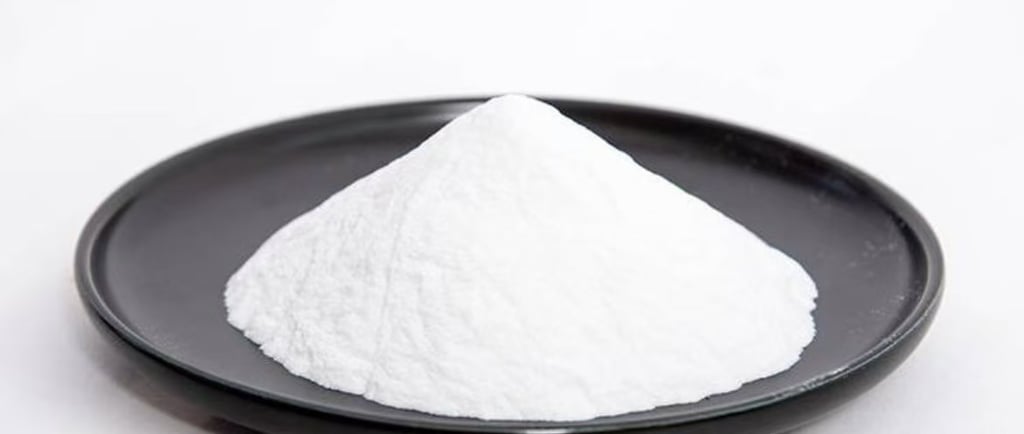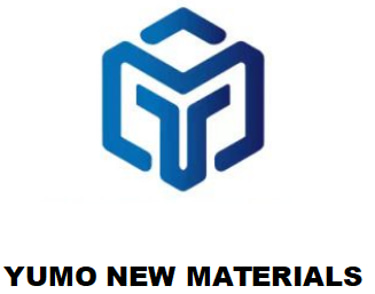HENAN YUMO: Engineered Precision, Uncompromised Performance
White Fused Alumina for Ceramics: The Ultimate Guide to Enhanced Performance and Quality
Discover how White Fused Alumina (WFA) revolutionizes ceramic manufacturing. Learn about its properties, applications, benefits, and how to choose the right grade for your needs.
9/5/20255 min read


White Fused Alumina for Ceramics: The Ultimate Guide to Enhanced Performance and Quality
Introduction
The ceramic industry constantly seeks materials that enhance product performance, durability, and aesthetic appeal. White Fused Alumina (WFA) has emerged as a critical material in this pursuit. This high-purity synthetic abrasive, known for its exceptional hardness, thermal stability, and chemical inertness, is revolutionizing ceramic manufacturing processes and outcomes. Whether you're producing fine china, technical ceramics, or ceramic coatings, understanding WFA can significantly elevate your product quality. This comprehensive guide delves into everything you need to know about White Fused Alumina for ceramic applications.
What is White Fused Alumina (WFA)?
White Fused Alumina (WFA) is a synthetic material produced by melting high-purity aluminum oxide (Al₂O₃) in electric arc furnaces at temperatures exceeding 2000°C. The molten material is then cooled, crushed, and precisely graded to various particle sizes. The result is a material characterized by its white color, high purity, and exceptional properties.
Key Properties of White Fused Alumina:
High Purity: WFA typically contains 99.5% - 99.7% Al₂O₃, with low levels of impurities like iron oxide (Fe₂O₃ ≤ 0.08%) and silica (SiO₂ ≤ 0.05%). This minimizes contamination in ceramic applications.
Exceptional Hardness: With a Mohs hardness of 9 and microhardness of 21600-22600 kg/mm³, WFA is one of the hardest materials available, surpassed only by diamonds and a few other abrasives.
Excellent Thermal Stability: WFA maintains its structural integrity and properties at very high temperatures, with a refractoriness of 2100°C, making it ideal for ceramic firing environments.
Chemical Inertness: It is highly resistant to acids and alkalis, ensuring it doesn't react with ceramic components or glazes during processing.
Good Self-Sharpening: Its grains fracture to form new sharp edges during use, maintaining effectiveness in grinding and polishing applications.
Why White Fused Alumina is Ideal for Ceramic Applications
The unique combination of properties makes WFA exceptionally suitable for various ceramic processes:
Purity and Color: The high purity of WFA ensures no discoloration or contamination of white or brightly colored ceramic bodies and glazes. This is crucial for maintaining the aesthetic quality of finished products.
Thermal Performance: Its high refractoriness makes WFA an excellent material for refractory applications in ceramic kilns and furnaces, as well as an additive that enhances the thermal properties of technical ceramics.
Mechanical Properties: The extreme hardness of WFA makes it perfect for grinding, polishing, and surface treatment of ceramic products, from fine dinnerware to advanced technical ceramics.
Key Applications of White Fused Alumina in the Ceramic Industry
WFA serves multiple critical functions across the ceramic manufacturing process:
1. Abrasive and Polishing Applications
WFA is widely used in grinding and polishing ceramic products:
Final Polishing: Fine grades (F800-F2000, W40-W0.5) are used for achieving mirror finishes on high-value ceramic products.
Surface Preparation: Coarser grades (F46-F220) prepare ceramic surfaces before glazing or further processing.
Deflashing and Deburring: Removing imperfections from molded ceramic components.
2. Refractory and Kiln Furniture
WFA's high temperature resistance makes it valuable in ceramic firing processes:
Kiln Linings: Used in refractory bricks and monolithics for lining ceramic kilns.
Setters and Saggers: Components that support ceramic ware during firing often incorporate WFA for enhanced durability and thermal performance.
Thermal insulation: WFA-based materials provide efficient insulation in high-temperature ceramic processing equipment.
3. Ceramic Glazes and Engobes
WFA micro-powders are incorporated into ceramic glazes to enhance hardness, wear resistance, and durability of the finished surface.
It helps create special visual effects like matte finishes or subtle texture variations.
Improves resistance to scratching and chemical attack in functional ware like floor tiles and sanitaryware.
4. Technical Ceramics Reinforcement
WFA is used as a reinforcing agent in advanced ceramic composites, enhancing mechanical strength, wear resistance, and thermal stability.
Applications include cutting tools, wear-resistant parts, and advanced structural components.
5. Ceramic Membrane Production
Acid-washed and water-washed WFA micro-powders are specifically used in manufacturing ceramic separation membranes.
These membranes are used for filtration in various industrial processes, requiring precise pore structure and chemical resistance.
6. Investment Casting of Ceramics
WFA is used in the production of shells and molds for precision ceramic casting.
Its high refractoriness ensures dimensional stability during high-temperature casting processes.
Quality Considerations:
Chemical Purity: For ceramic applications, high Al₂O₃ content (≥99.5%) and low impurity levels are essential.
Particle Size Distribution: Tight control ensures consistent performance.
Magnetic Impurities: Low magnetic material content (≤60 ppm) is critical for applications where iron contamination must be avoided.
Global Market Perspective
The global white fused alumina market is experiencing steady growth. According to industry reports, the market was valued at approximately $863 million in 2023, with projections suggesting growth to $1.003 billion by 2030, representing a CAGR of 2.2%.
China dominates production, but quality varies significantly between manufacturers. Leading global producers include:
Imerys
Rusal
Washington Mills
MOTIM Electrocorundum
Benefits of Using White Fused Alumina in Ceramic Production
Incorporating WFA into ceramic manufacturing processes offers numerous advantages:
Enhanced Product Quality: Improves surface finish, dimensional accuracy, and overall product consistency.
Increased Production Efficiency: Faster material removal rates in grinding and polishing reduce processing time.
Improved Durability: Ceramic products with WFA reinforcement exhibit longer service life in demanding applications.
Superior Thermal Performance: Refractories containing WFA withstand higher temperatures and more thermal cycles.
Cost Effectiveness: Despite higher initial cost than some alternatives, WFA often delivers better overall value due to longer life and improved performance.
How to Select a White Fused Alumina Supplier
Choosing the right WFA supplier is crucial for consistent quality. Consider these factors:
Quality Consistency: Ensure the supplier has strict quality control processes and can provide detailed technical specifications.
Production Capability: Verify they can supply the quantities and grades you need consistently.
Technical Expertise: Prefer suppliers with application knowledge who can provide technical support.
Certifications: Look for relevant quality management system certifications.
Customization Ability: Some applications may require tailored particle size distributions or special processing.
Environmental and Safety Considerations
Modern WFA production increasingly focuses on sustainability:
Many manufacturers are implementing energy-efficient melting technologies.
Water recycling systems are used in processing to minimize consumption.
Dust collection systems control particulate emissions during production.
In application, WFA is generally safe when proper handling procedures are followed, though dust control measures are recommended during use.
Future Trends in White Fused Alumina for Ceramics
The future of WFA in ceramics looks promising with several emerging trends:
Ultra-Fine and Nano Grades: Development of increasingly fine powders for precision applications.
Surface-Modified WFA: Treatments to improve compatibility with ceramic matrices.
Sustainable Production: More environmentally friendly manufacturing processes.
Specialized Grades: Tailored products for specific ceramic applications like ceramic membranes or advanced composites.
Conclusion
White Fused Alumina has established itself as an indispensable material in the ceramic industry, offering unmatched benefits in improving product quality, enhancing manufacturing efficiency, and enabling new application possibilities. From traditional pottery to advanced technical ceramics, WFA provides the hardness, purity, and thermal stability that ceramic manufacturers need to excel in competitive markets.
As the industry continues to evolve toward more sophisticated products and sustainable practices, White Fused Alumina will undoubtedly play an increasingly important role. By understanding its properties, applications, and proper selection criteria, ceramic manufacturers can leverage this remarkable material to create superior products and optimize their production processes.
Whether you're developing next-generation technical ceramics or refining traditional ceramicware, White Fused Alumina offers the performance and reliability your applications demand.
